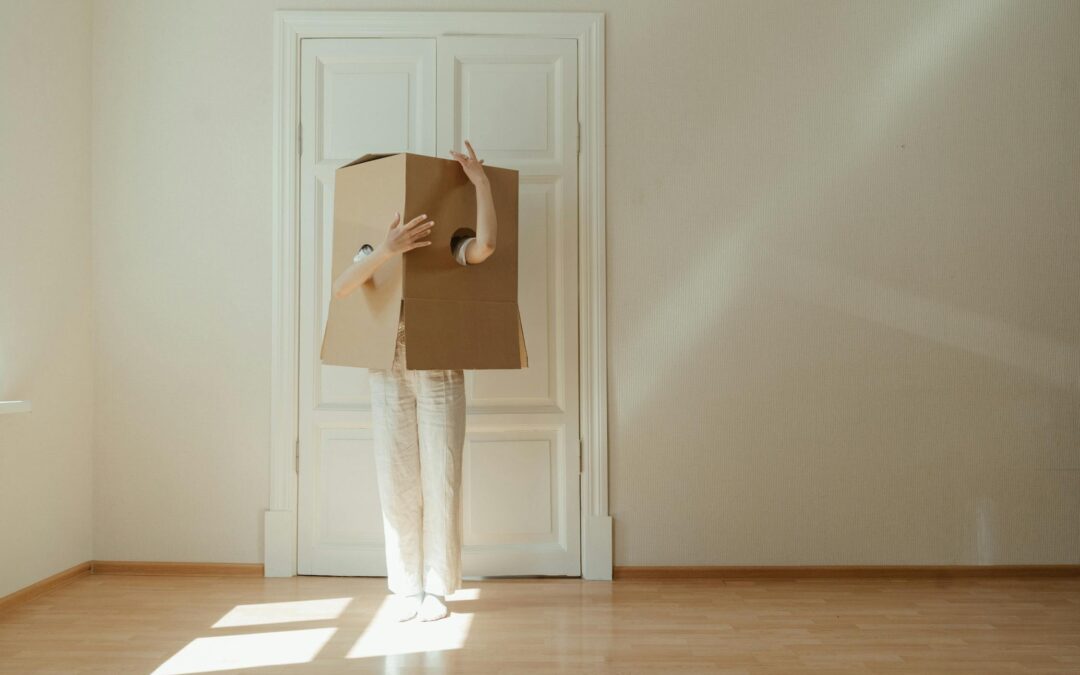Packing and shipping fragile items can be daunting, whether moving to a new home, sending a gift, or shipping products for your business. Ensuring these delicate items reach their destination intact requires careful planning, the right materials, and a bit of know-how. This ultimate guide will walk you through the essential steps and tips to pack and ship your fragile items safely and securely.
Contents
- Understanding the Importance of Proper Packing
- Choosing the Right Packing Materials
- Preparing Your Items for Packing
- Wrapping Techniques for Fragile Items
- Packing the Box Correctly
- Securing the Box for Shipping
- Labeling Your Package
- Choosing the Right Shipping Method
- Insurance and Tracking
- Seeking Professional Help
- Eco-Friendly Packing Options
- Tips for Specific Fragile Items
- Handling International Shipping
- What to Do If Your Item Arrives Damaged
- Maintaining a Packing Checklist
- Conclusion: Shipping Fragile Items Smoothly
Understanding the Importance of Proper Packing
The first step in safely shipping fragile items is understanding why proper packing is crucial. Delicate items, such as glassware, electronics, artwork, and ceramics, are prone to damage during transit. They can easily break, crack, or get scratched without adequate protection. Proper packing minimizes the risk of damage by providing cushioning and stability, ensuring your items arrive in perfect condition.
Choosing the Right Packing Materials
Selecting the appropriate packing materials is vital for protecting your fragile items. Sturdy cardboard boxes are a must, but the quality and type of box can make a significant difference. Double-walled boxes offer extra protection and are ideal for heavier or more delicate items. You’ll also need bubble wrapping, packing peanuts, foam inserts, and packing paper to provide cushioning and prevent movement inside the box.
Preparing Your Items for Packing
Before packing, it’s essential to prepare your items properly. Clean and dry them thoroughly to prevent any moisture damage. Disassemble any parts that can be taken apart, such as the lids from jars or the legs from furniture. This reduces the risk of breakage and makes packing easier. For items with multiple pieces, wrap each piece individually. Lastly, you should resell unwanted items to boost your budget.
Wrapping Techniques for Fragile Items
Effective wrapping is crucial to protecting your fragile items. Start by wrapping each item in packing paper and securing it with tape. For added protection, wrap the item again in bubble wrap, focusing on the corners and edges. Ensure there are no exposed areas, as these are vulnerable to damage. For highly fragile items like glassware or electronics, consider double wrapping.
Packing the Box Correctly
Once your items are wrapped, it’s time to pack them into the box. Line the bottom of the box with a layer of packing peanuts or crumpled packing paper. Place the heaviest items at the bottom and the lighter ones on top. Fill any gaps with packing peanuts or foam inserts to prevent movement. The goal is to create a snug fit where items are cushioned and immobilized.
Securing the Box for Shipping
After packing, it’s crucial to secure the box properly. Close the box and shake it gently to ensure no movement inside. Add more packing material until everything is secure if you hear any shifting. Seal the box with strong packing tape, covering all seams and edges. For added security, reinforce the corners and edges with extra tape.

When shipping fragile items, make sure the box is secured
Labeling Your Package
Proper labeling is essential for the safe delivery of your fragile items. Mark the box with “Fragile” stickers on all sides. Include instructions such as “This Side Up” or “Handle with Care.” Additionally, label the box with the recipient’s address, your return address, and any tracking information provided by the shipping carrier.
Choosing the Right Shipping Method
The appropriate shipping method is crucial for ensuring your fragile items arrive safely. Consider the item’s value, size, and fragility when choosing a shipping service. Express shipping options may be more expensive, but they reduce the time your items spend in transit, minimizing the risk of damage. Research different carriers and read reviews to find the most reliable option.
Insurance and Tracking
Purchasing shipping insurance is a wise investment for valuable or highly fragile items. Insurance provides coverage in case your items are lost or damaged during transit. Most carriers offer insurance options, and it’s worth the extra cost for peace of mind. Additionally, opt for a shipping service that provides tracking information. This allows you to monitor your package’s journey and ensures accountability.
Seeking Professional Help
Sometimes, packing fragile items can be overwhelming, especially if you’re dealing with high-value or exceptionally delicate pieces. It might be best to let the pros handle the packing in such cases. For example, hiring packing services in Miami can provide the expertise and materials needed to ensure your items are packed securely. Professional packers have experience handling a wide range of fragile items and can save you time and stress.
Eco-Friendly Packing Options
As more people become environmentally conscious, eco-friendly packing options are gaining popularity. Consider using biodegradable packing peanuts, recyclable packing paper, and reusable boxes. These materials provide the same level of protection as traditional packing supplies while reducing your environmental impact. Additionally, you can reuse packing materials from previous shipments, giving them a second life and minimizing waste.
Tips for Specific Fragile Items
Different types of fragile items require specific packing techniques. For example, when packing glassware, use dividers to separate each piece and prevent them from rattling together. For artwork, wrap the frame and canvas separately and use corner protectors to safeguard edges. If possible, electronics should be packed in their original boxes with ample padding to protect delicate components. Always research the best practices for packing specific items to ensure optimal protection.

Different types of fragile items require specific packing techniques.
Handling International Shipping
Shipping fragile items internationally adds an extra layer of complexity. Customs regulations, longer transit times, and potential handling by multiple carriers increase the risk of damage. Double-check that all packing materials meet international shipping standards to mitigate these risks. Fill out customs forms accurately and clearly label the contents of your package. Consider using a shipping carrier with a proven track record for international shipments.
What to Do If Your Item Arrives Damaged
Despite your best efforts, there’s always a chance that your fragile items may arrive damaged. If this happens, document the damage immediately by taking photos of the packaging and the item itself. Contact the shipping carrier to file a claim and provide all necessary documentation. If you purchased insurance, this process would be smoother, and you’ll be more likely to receive compensation.
Maintaining a Packing Checklist
Create a packing checklist to stay organized and ensure you don’t miss any steps. Include all the necessary materials, such as boxes, tape, bubble wrap, and labels. Outline the steps for wrapping, packing, and securing your items. A checklist can streamline the process and provide peace of mind, knowing you’ve covered all the bases.
Conclusion: Shipping Fragile Items Smoothly
Packing and shipping fragile items can be a meticulous process, but with the right techniques and materials, you can significantly reduce the risk of damage. Whether you’re shipping a valuable piece of artwork, delicate electronics, or heirloom glassware, following these guidelines will help ensure your items arrive safely at their destination. Remember, when in doubt, let the pros handle the packing to guarantee the best results.

